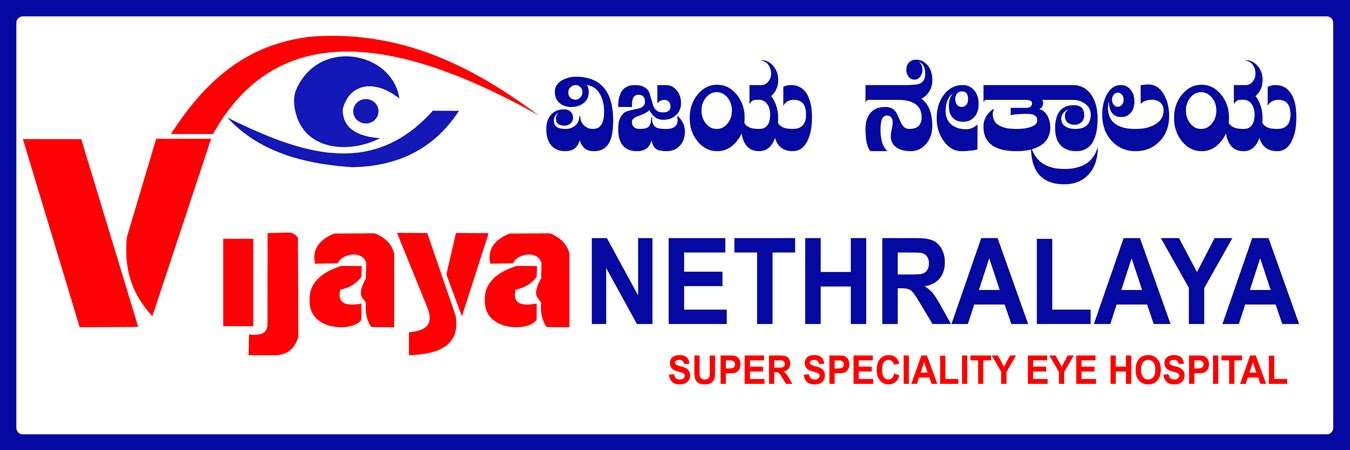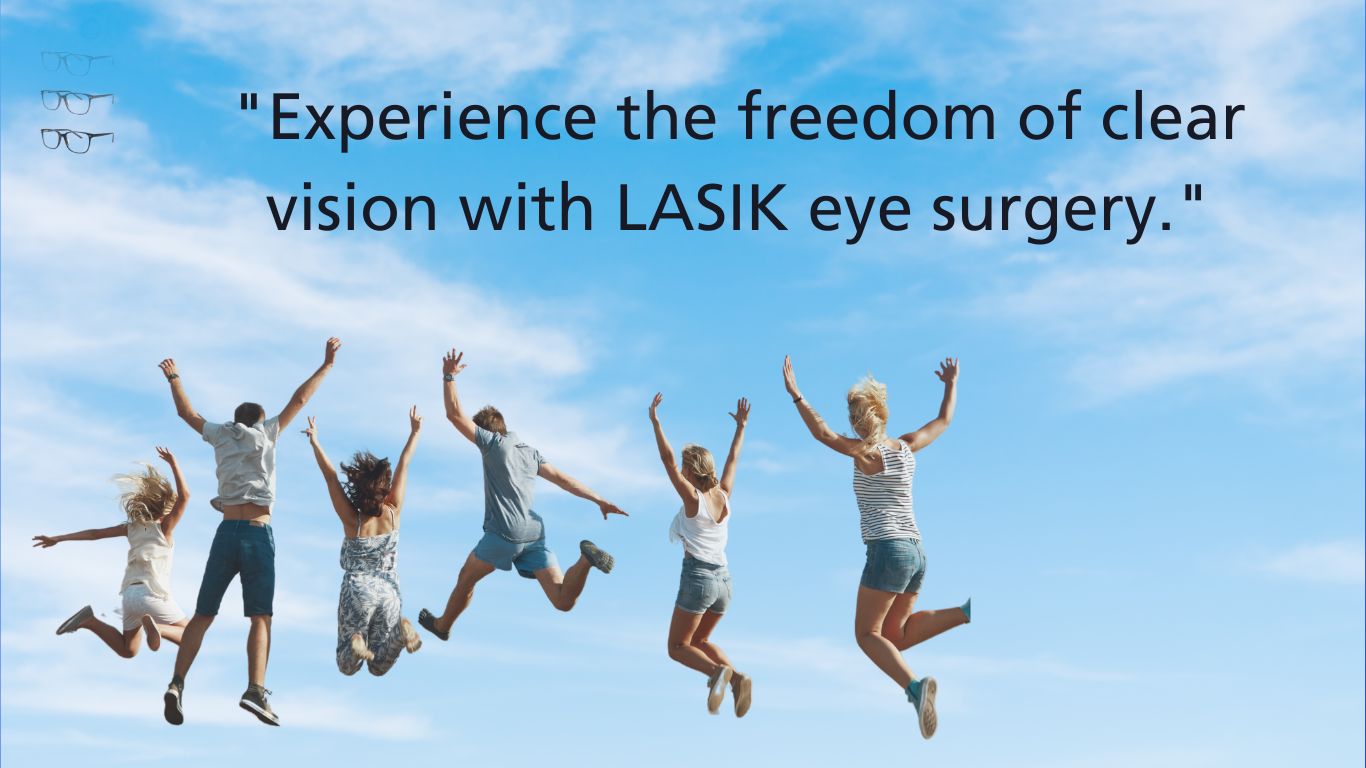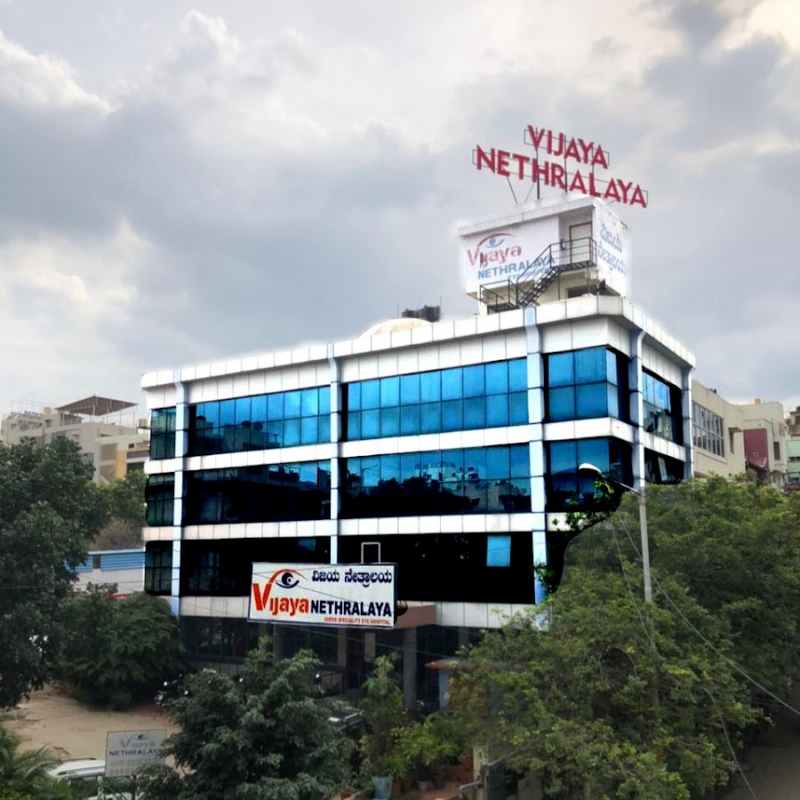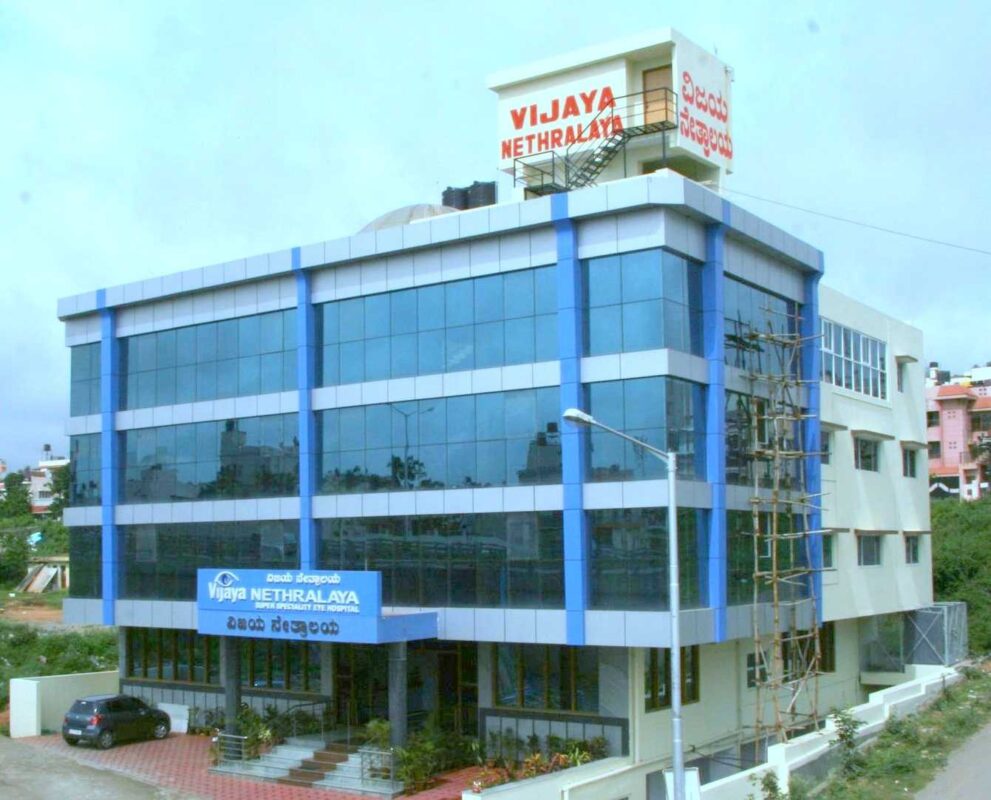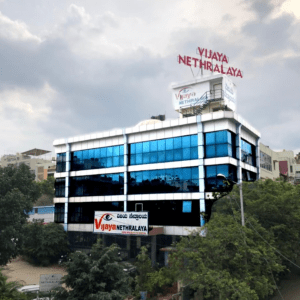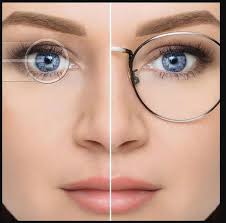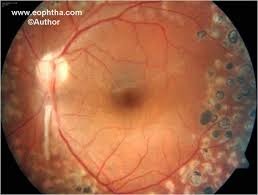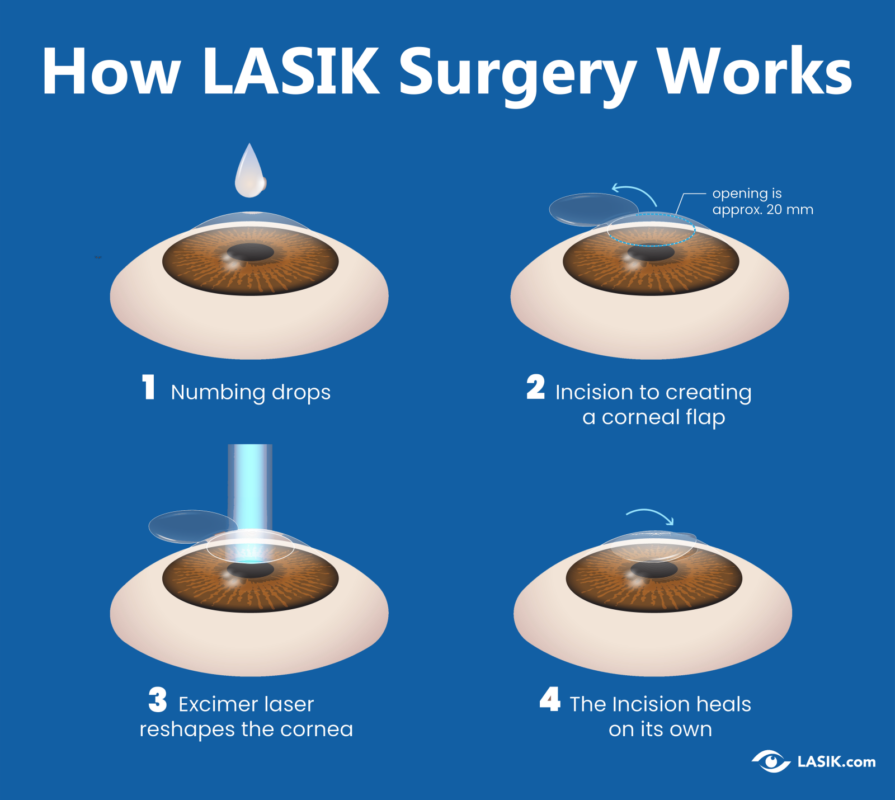LASIK Eye Surgery – Is It Safe?
LASIK (Laser-Assisted in Situ Keratomileusis) eye surgery has become one of the most popular solutions for those looking to correct refractive vision problems like nearsightedness, farsightedness, and astigmatism. But the big question remains: Is LASIK surgery safe? With millions of people worldwide opting for LASIK, the answer isn’t as simple as yes or no. Let’s dive deep into LASIK surgery, its safety, risks, and potential benefits, and help you decide whether it’s the right choice for your eyes.lasik eye surgery is it safe?
What is LASIK Surgery?
LASIK is a surgical procedure that reshapes the cornea of the eye to improve vision. The cornea is the clear front part of the eye, and its shape plays a crucial role in focusing light and images. LASIK uses a laser to correct the curvature of the cornea, enabling clearer vision without the need for glasses or contact lenses.
Common Myths About LASIK
Many people are intimidated by LASIK due to misconceptions about the surgery. Some believe the procedure is painful, or that it involves cutting the eye,which can sound frightening. However, LASIK is generally considered a quick and pain-free procedure with a high success rate. Let’s clear the air: most people experience minimal discomfort during the surgery and a brief recovery period afterward.
How LASIK Surgery Works
The LASIK procedure typically takes about 15 minutes per eye. First, the surgeon uses a blade or laser to create a thin flap in the cornea. The flap is then gently lifted, and a laser is used to remove small amounts of corneal tissue, reshaping it to improve focus. The flap is then put back in place, and healing begins quickly.
Different Types of LASIK Surgery
There are several variations of LASIK surgery, such as bladeless LASIK and wavefront-guided LASIK. The choice of technique depends on your specific eye conditions and the surgeon’s recommendations.
Is LASIK Eye Surgery Safe?
When it comes to LASIK, the primary concern is whether it’s safe. LASIK surgery has a high success rate, with studies showing that around 96% of patients achieve 20/25 vision or better after the procedure. However, as with any surgery, there are inherent risks involved.
Examining the Safety Records
LASIK has been performed for over two decades, and thousands of studies have been conducted on its safety. The surgery itself is considered safe, and complications are rare. In fact, LASIK is one of the safest elective surgeries available today, with most patients reporting significant improvement in vision.
Success Rate of LASIK Surgery
One of the main reasons LASIK surgery is so popular is its high success rate. More than 90% of patients achieve their desired vision results after LASIK, whether that means no longer needing glasses or contact lenses or simply reducing their dependence on them. Most patients experience noticeable improvements within the first 24 hours of surgery.
Short-Term Risks of LASIK
Although LASIK is generally safe, there are some potential short-term risks that patients should be aware of.
Dry Eyes and Light Sensitivity
After LASIK, it’s common for patients to experience dry eyes or increased sensitivity to light. These symptoms usually subside within a few weeks to months, and can be managed with prescribed eye drops or other treatments.
Infection Risks
Like any surgery, LASIK carries a small risk of infection. However, following post-surgery care instructions significantly reduces the chances of infection. This typically involves using prescribed antibiotics and attending follow-up visits.
Temporary Blurred Vision
Some patients experience temporary blurred vision immediately after the procedure. This usually clears up within a few days to weeks, but during this time, you may need to avoid driving or engaging in activities that require clear vision.
Long-Term Risks and Concerns
While LASIK is widely considered safe, long-term effects are also a consideration.
Vision Regression Over Time
In rare cases, some patients may experience vision regression, where the improvements made by LASIK begin to wear off over time. This could require additional treatments or corrective lenses.
Loss of Visual Acuity
In extremely rare cases, LASIK surgery can result in a loss of sharpness or clarity in vision. This is usually due to complications during surgery, and can sometimes be corrected with additional procedures.
Glare, Halos, and Night Vision Problems
A small percentage of patients report experiencing glare, halos around lights, or night vision issues after LASIK. While these symptoms often improve over time, they can be distressing for some individuals.
LASIK and Its Alternatives
If you’re considering LASIK, it’s important to be aware of alternative procedures that may be better suited to your needs.
PRK (Photorefractive Keratectomy)
PRK is a similar procedure to LASIK, but without the creation of a flap in the cornea. Instead, the top layer of the cornea is removed to allow the laser to reshape the underlying tissue. PRK is often recommended for individuals with thinner corneas or other issues that make them unsuitable candidates for LASIK.
SMILE (Small Incision Lenticule Extraction)
SMILE is a newer alternative to LASIK that involves removing a small piece of corneal tissue through a tiny incision. SMILE has been shown to reduce some of the risks associated with LASIK, such as dry eyes.
Comparing LASIK and PRK
When deciding between LASIK and PRK, the main difference is the recovery time and technique. PRK generally takes longer to heal since the surface layer of the cornea is removed. LASIK, on the other hand, offers a faster recovery and less discomfort.
LASIK vs. SMILE
SMILE is gaining popularity as a minimally invasive alternative to LASIK, with fewer risks of complications such as dry eyes. However, LASIK is still the most widely practiced option due to its proven track record.
Who is a Good Candidate for LASIK?
Not everyone is a suitable candidate for LASIK. Ideal candidates are typically over 18 years old, with stable vision for at least a year prior to the procedure. Certain conditions, such as severe dry eye or thin corneas, may disqualify you from LASIK.
The LASIK Consultation Process
Before deciding to undergo LASIK, you’ll have an in-depth consultation with an eye surgeon. This includes a thorough eye exam to ensure you’re a good candidate for the procedure and to rule out any underlying health conditions.
What to Expect During the Consultation
During your consultation, the surgeon will take measurements of your eyes, check for any signs of eye disease, and discuss your medical history to determine if LASIK is right for you.
Preparing for LASIK Surgery
Before surgery, you’ll be given instructions on what to do the night before and the day of the procedure. You may need to avoid wearing contact lenses for a few weeks prior to surgery, as they can alter the shape of the cornea.
Aftercare and Recovery
Recovery from LASIK is relatively quick, with most patients returning to normal activities within a few days. However, you’ll need to follow specific aftercare instructions, such as avoiding rubbing your eyes, using eye drops, and attending follow-up appointments.
Is LASIK Worth the Risk?
The decision to undergo LASIK should be made carefully, considering both the potential benefits and risks. If you’re tired of glasses or contacts and have been cleared as a good candidate for surgery, LASIK could be a great option. The cost can be high, but many find the long-term vision benefits outweigh the initial price tag.
Conclusion
LASIK surgery is generally considered safe, with high success rates and minimal long-term risks. However, it’s essential to carefully consider your own health, vision needs, and the potential risks before deciding whether LASIK is right for you. Consult with an experienced eye surgeon to discuss your options and make an informed decision.
FAQs
- What is the success rate of LASIK eye surgery?
- The success rate of LASIK is typically around 96%, with most patients achieving 20/25 vision or better.
- How long does LASIK surgery take?
- LASIK surgery usually takes around 15 minutes per eye, with the entire process lasting less than 30 minutes.
- Are there any age restrictions for LASIK?
- LASIK is typically recommended for those aged 18-40, but eligibility can vary based on individual factors.
- Can LASIK correct astigmatism?
- Yes, LASIK can correct astigmatism in many patients, improving both nearsightedness and farsightedness simultaneously.
- Is LASIK permanent?
- LASIK provides long-lasting results, but some people may experience vision changes over time, potentially requiring enhancement surgery.
Author Details:
Dr. Sushruth Appajigowda holds a prominent position as a Cornea, Cataract, Glaucoma, and LASIK Surgeon in Bangalore. He serves as the chief Cataract and Refractive surgeon at Vijaya Nethralaya Eye Hospital, Nagarbhavi Bangalore. Renowned as one of the finest LASIK surgeons nationwide, he brings with him over 12+ years of experience across multiple LASIK platforms, including ZEISS, ALCON, SCHWIND, AMO, and Bausch and Lomb. Having successfully conducted over 5000 LASIK procedures, Dr. Sushruth holds the title of a Certified Refractive Surgeon and a Fellow of the All India Collegium Of Ophthalmology. Furthermore, he stands as a distinguished speaker at various National and International Forums, using his expertise to guide you in selecting the most suitable procedure based on your health requirements.
Dr sushruth Appaji gowda
